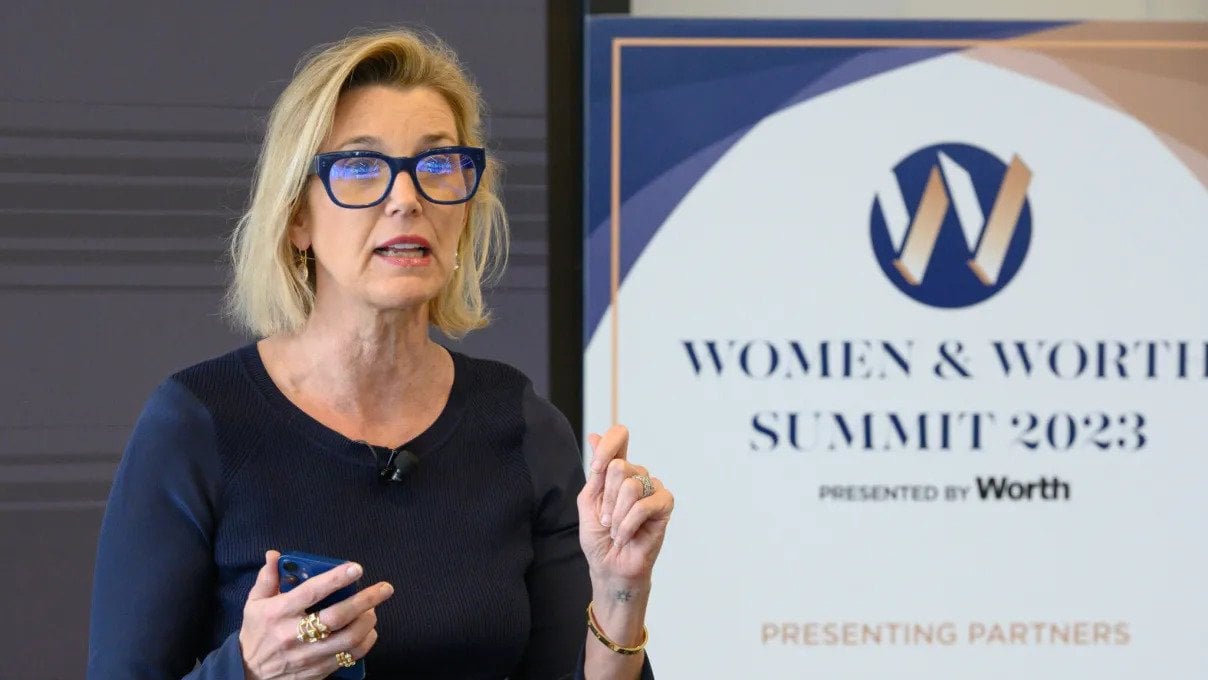I don’t think we have a pipeline problem,” stated John T. Saunders, an unusual way to begin a panel discussion entitled ‘Fixing the Pipeline Problem,’ on day two of the Women & Worth Summit. The phrase refers to a perceived lack of qualified women and underrepresented minority job candidates, which keeps employers from being able to develop a diverse workplace.
Instead, Saunders, who is chief diversity officer at Korn Ferry, argued that the real problem is employers’ mindsets. “We really need to help organizations understand that there’s a lot of talent out there, and there are people with a great deal of capability. We have to challenge organizations about who they believe has potential, who does not and how they think about developing and cultivating talent for the future.”

The panel—moderated by Shelley Zalis, CEO of The Female Quotient—explored various ways in which companies send signals that their culture is not inclusive. Some of these are fairly mundane, such as the job descriptions companies issue when they are hiring. “Job descriptions, in general, are just terrible,” said Carmen Bryant—and as director of U.S. marketing for Indeed, she should know. Bryant said that too many job descriptions are presented as if they are legal documents, when instead they should be viewed as a form of “inbound marketing.” Added Saunders: “We have to make sure that job descriptions don’t serve as barriers to inclusion and/or headwinds for talent.”
In addition, companies often overlook the way they train, treat and promote their existing female and minority staff—which makes retention and recruiting that much harder. Corporate human resources departments themselves need to be more diverse, said Zalis. “If we don’t have diversity in the hiring team, it doesn’t matter how fat and happy your pipeline is. You’re still gonna have a leaky pipeline in the hiring.”
Job interviews themselves often present a barrier, argued Desiree Booker, founder of ColorVizion Lab. She cited companies in which “the questions varied from candidate to candidate, which does not create for an equitable interview process.”
Ultimately, the panel agreed, companies need to look inward to their own culture instead of outward to the pipeline. Saunders summarized it this way: “Replace ‘gut fit’ with factual data.”
This article originally appeared on Worth.com















